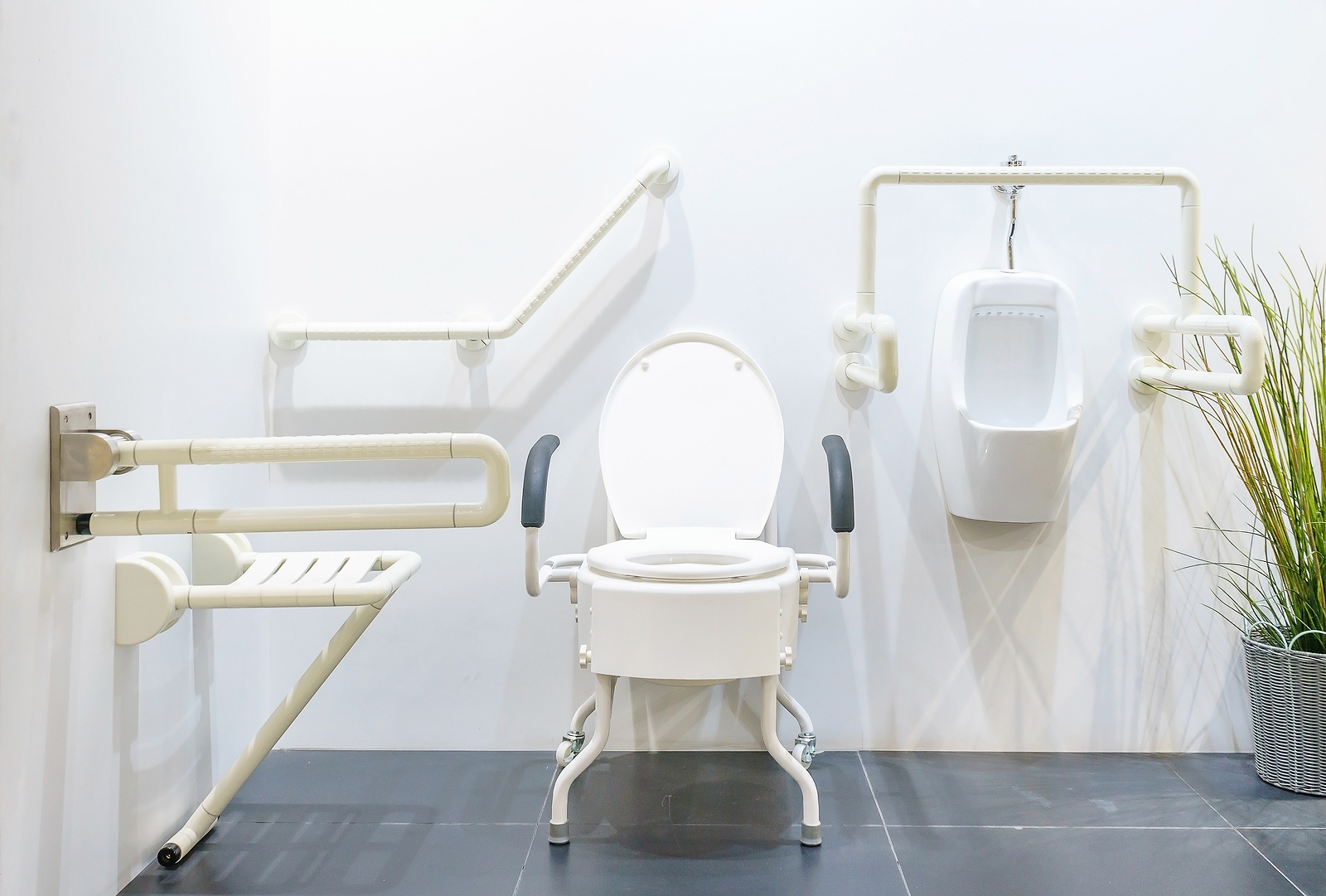

The importance of good washroom facilities should be clear in any public-facing facility, but this may be particularly true in railway stations.
When it comes to making decisions about transport, there are various options. Buses or driving offer an alternative to using trains, and back in the 1960s, when the Beeching Report was delivered and the number of railway stations across Britain was halved over the following few years, it seemed this would be the way of the world.
That has changed in recent decades as rail travel levels have increased again, but that means the public has demanded improved facilities at stations. These are, after all, places where people may spend a lot of time before their trains depart.
A good station environment is necessary to attract people to use trains, as well as various commercial facilities at stations.
Among the facilities one may expect at a modern station are bookshops, bars, shops and places to eat, so it may also be expected that there are decent washrooms. However, this is not always the case, much to the distress of a lot of station users.
Reverend Revolted By Newcastle Washroom
An instance that recently made the news is the state of the toilets at Newcastle Central Station. The BBC recently reported on a complaint made by letter to the LNER by a vicar, the Revd Mark Edwards MBE, who was scathing about the standards of the toilets on platform 12.
He wrote: “The toilets are dark, dismal, and filthy, with cracked, stained, and discoloured tiles that appear to have been there since the mid-20th Century.”
Worse still was the state of the toilet cubicles, in which he found the toilet seats were “worn, unsanitary, and wholly inappropriate for public use”.
Calling for the toilets to be closed and refurbished immediately, he said the experience of using them had made him feel “nauseated” and suggested that they would put people off coming to the station.
A Botched Revamp In 2021?
The washroom in question dates from the 1890s, but there is no reason for an old facility not to be modernised. Indeed, the last time it was refurbished was in 2021, which suggests that LNER has fallen short of the standards that are required in a modern transport hub. If you are in charge of refurbishing a station washroom, this is not a mistake you want to emulate.
In response to the complaint, a spokesperson for LNER said: “A historically sensitive refurbishment is planned for the listed toilets at Newcastle, which will improve the facility for customers for years to come.” Work is, according to the Local Democracy Reporting Service, due to start early next year.
A Challenge For Station Managers
Listed or not, there is no reason for the toilet cubicles not to be up to scratch, for the tiles to look ugly, the toilet seats to be worn out and not replaced often enough, or the facilities to be generally unclean.
The Newcastle station case may have made a few headlines recently, but it is not an isolated example. There will be many other places around the country where station toilets simply do not come up to scratch.
In 2023, Network Rail proudly announced that the toilets at all of Britain’s biggest railway stations would be free to use, ending the days of spending 30p (or more) to go through a turnstile. However, while this may have enhanced the user experience for passengers, it will only have done so when the facilities were of a good enough standard.
Indeed, such a move could only backfire if the standards of toilets were low, as this would imply that, without the money coming in, maintenance issues were being neglected to save cash.
The past few years have also seen some new railway stations built around the country, which have provided an opportunity for entirely new washroom facilities to be established. This, of course, raises expectations. Nobody who has benefited from modern facilities at their shiny new station will then be so willing to put up with poor standards elsewhere.
An Electric Example
Perhaps an example of how to do it has been provided not by a mainline station, but by the Volks Electric Railway on the Brighton Seafront.
Local paper The Argus has reported on the completion of a £366,000 restoration project for the Black Rock station, which includes a new ticket office and fully refurbished toilets. The latter may be used by both passengers and pedestrians enjoying time at the seaside.
The Volks Electric Railway dates back to 1883, making it older than Newcastle Station. It is to be hoped that this refurbishment and modernisation is an example of how to do it, not something that needs repeating five years later.





